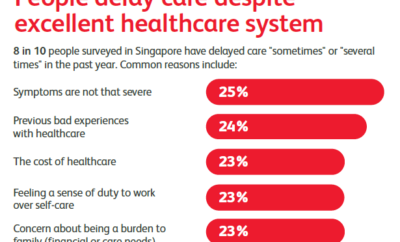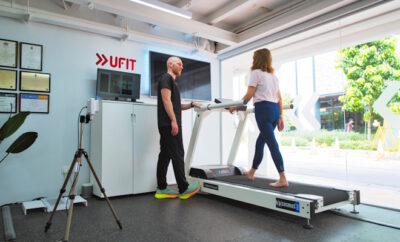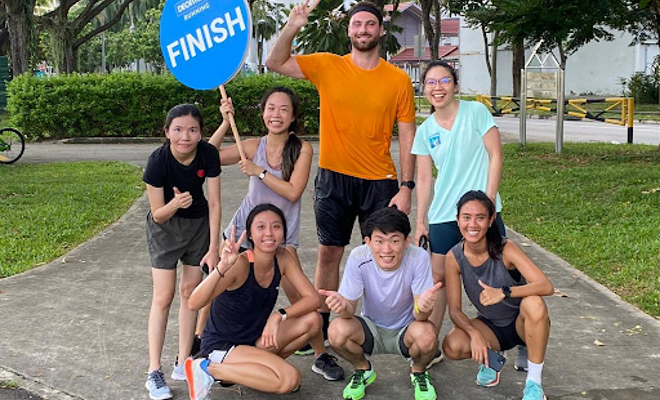
Health x Wellness
Couch to 5K: Your Complete Guide to Running by Decathlon and Carissa Hwang
Marathon season is coming back very soon, which excites many of us who love to run.
It is a simple sport but it may not be as easy as you think. If you push beyond what your body can take, it can lead to serious injuries. But fret not, with this running guide from Decathlon’s Carissa Hwang, you can smoothly begin your running journey!
Carissa started her running journey 3 years ago in 2019 and has learned to love the satisfaction it brings – building her confidence and bringing her to a new level of discipline. Running is one of the most effective ways to build cardiovascular endurance, reduce stress, relieve anxiety and boost your mood.
If you’re looking for a beginner’s guide to running, here are some pro tips to introduce running in a gentle way so that you can see the rewards running brings much sooner!
Choosing the Right Gear
The awesome thing about running is how little equipment you need – a set of basic running clothing would do!
However, investing in a pair of good running shoes will make a huge difference to your progress. If you’re new to running, the priority would be to invest in a pair of shoes that will help you get moving comfortably.
Here are some key considerations when buying a pair of running shoes.
- Outsoles
- A grippy outsole is best if you are running on wet surfaces. Outsoles with lugs are best if you are looking to do trail running.
- Midsole – cushioned or stability?
- Pronation occurs in many runners. If your feet under-pronate, a cushioned shoe will do the job. If your feet over-pronate, a stability shoe will suit you best. Stability shoes often have a denser/firmer midsole on the inner side of the shoe (under your arch).
- Upper
- The breathability of the upper may be a concern for you if your feet perspire a lot, and the placement of the reinforced material if they are uncomfortable to your range of motions.
- Width
- Wide feet runners will appreciate wider width shoes to prevent dull pain at the side of the feet caused by narrow shoes. A typical shoe width size is D-width for men, and B-width for women. There are brands who offer 2E to 4E widths for men, and D-width for women.
Remember, the preferences and comfortability of running shoes are very individual. What may suit others may not suit you.
One may not need multiple shoes as well, it really depends on different factors such as the types of terrain you run on as well as frequency of training. If you run frequently, you may consider rotating between different shoes to prolong their lifespan. Owning different shoes for different terrains are helpful as well!
Here are some of Carissa’s favourite running gear:
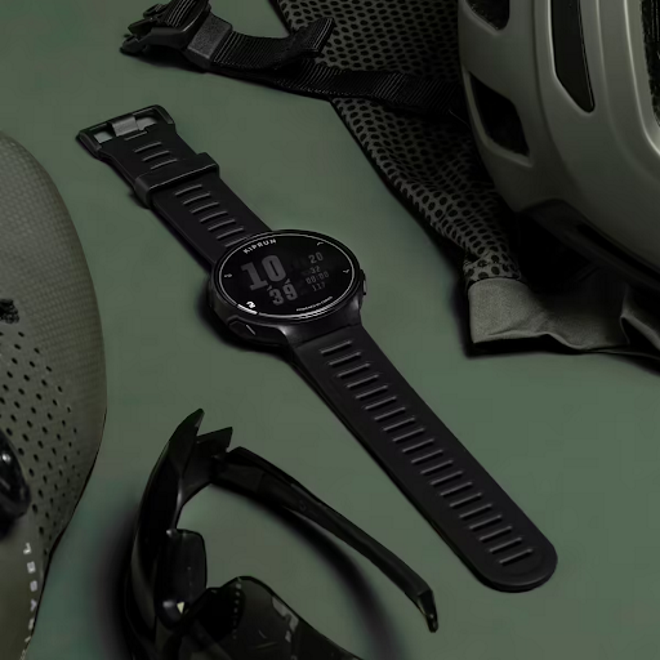
Kiprun x Coros Multisport GPS Smartwatch (SGD 199.90)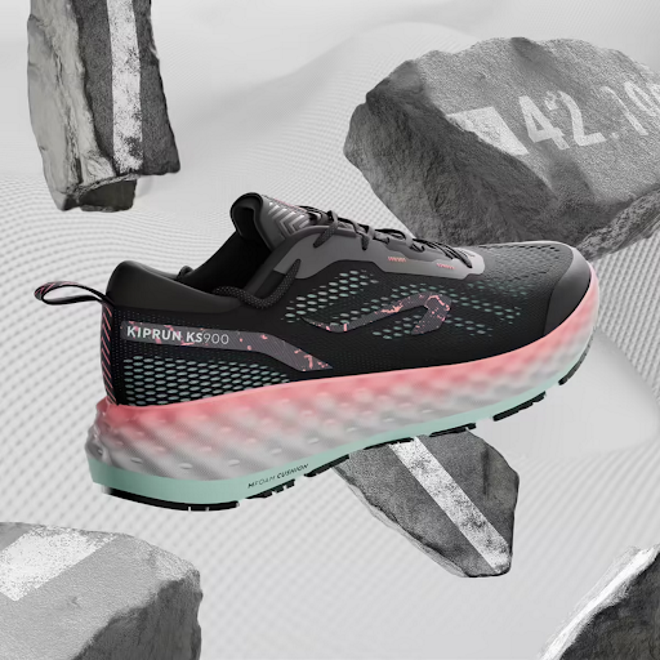
Kiprun KS900 Women’s Running Shoe (SGD 119.90) 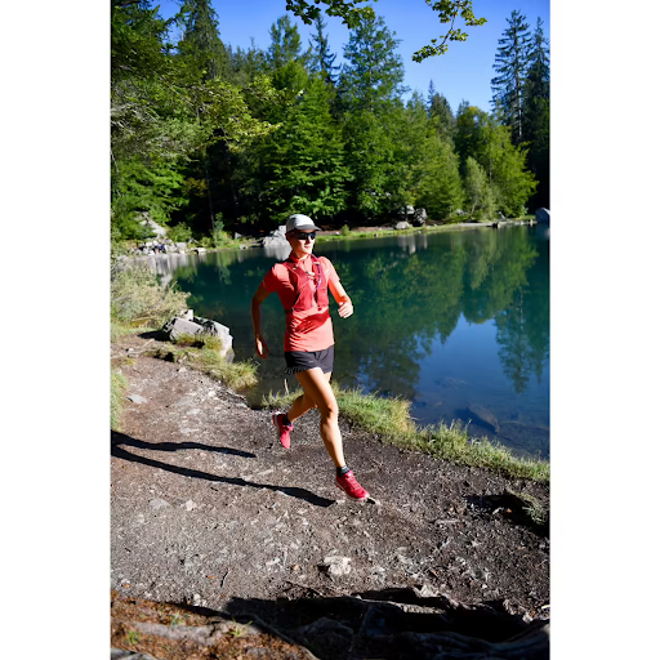
Women Trail Running Evadict Short Skirt Trail W (SGD 29.90)
Preparing Yourselves for Training
Many new runners may neglect or oversee their preparation for training, but it is an essential part of their training regime to ensure that their body does not burn out before achieving their full potential. Whether you’re getting back to running after a long break or you’re new to it, it is crucial to start easy and gradually build up to avoid injury. Here are some tips to get you started on the right foot.
- Hydration
It is the most important factor especially with a humid and warm climate that is Singapore. The rule of thumb is to see the colour of your urine. If it is pale, you are well hydrated. Otherwise, one better be drinking more water!
- Warming Up
The very traditional way to warm up is to do static stretches before a run, however it is not ideal as stretching a cold muscle may risk causing the muscle to tear. An alternative would be dynamic stretching. It enables the muscles to go through a wide range of motion slowly and helps with “waking up” them up. Some examples like side shuffles, high knees, and butt-kicks are just some interesting ones.

If stretches are not your thing, these are some other ways to warm up before your workout;
- 10-15 minutes walk, if you are totally new to running
- 10 minutes slow and easy jog, if you have already been running for some time
These exercises will get your muscles moving and warm your body up for a smooth transition into your workout pace.
Starting on a Training Plan
It is always good for beginners to start with a training plan so that they can stay on track of their training! Carissa suggests starting with 15-minute runs two to three times a week at a conversational pace, where you can speak with a full sentence without panting. After you’ve gotten used to that, you may look to increase either the distance, duration or intensity of the training.
Distance/Duration – If you are looking to run longer or increase your endurance, you may want to increase no more than 20 percent of the distance of your previous run every two weeks, and your peak distance should be your target distance.
Intensity – if you are looking to go faster, you may inject some pace-specific workouts like fartlek (speed-play) sessions, or short intervals, to increase the anaerobic fitness.
A 4-month period is sufficient to get in a good training block before a race!
Fuel Your Runs
Carissa lives by the “Less sugar, less fried, less salt, and less carbohydrate” rule. Being disciplined and ensuring that your food intake is healthy goes a long way in your workouts and performances. Though we know how hard it is to fight temptations, to combat that, consider indulging as a reward after hitting a running milestone!

Sports Recovery Aptonia Cranberries Cereal Bar (SGD 2.90) 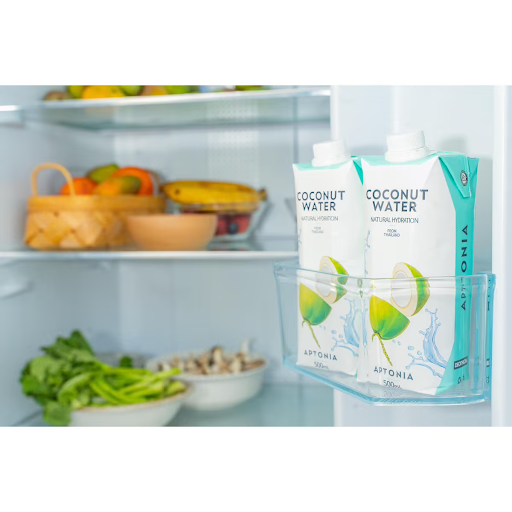
Sports Recovery Aptonia 500ML Coconut Water (SGD 2.90) 
Sports Recovery Aptonia Energy Gel (SGD 3.90)
Staying hydrated after workouts is also key to keeping yourself in tip top shape. Water is a simple and great option for staying hydrated. After a high intensity workout, you may opt for isotonic drinks (available at Decatlon) to replenish your electrolytes or chocolate milk to rebuild the exhausted muscles.
For more efficient muscle recovery, having a meal within an hour after your workout would help replace lost nutrients. Snacking on cereal bars or fruits are also a great way to deliver fast and convenient nutrients that will keep you going until it is time for your next meal.
Stay Motivated
Carissa also shares some tips with us that have helped her on her running journey and to push through and keep going in this running journey.

- Always listen to your body. If you are injured or start to feel unwell, it is alright to take a step back and rest. Look out for distress signs such as nauseousness, dizziness or any physical pain.
- Consistency is key. You have to work for it and keep at it frequently to see the results you desire.
- Include specific runs. Not all runs have to be hard, go for easy runs as well. They help with recovery and build endurance!
- Do not chase after the numbers. Be less sensitive about your pacing, timing and distance. Start short, start slow, but most importantly, start.
- Join running clubs. Running with company makes a run more enjoyable and provides much needed support and motivation when it gets tough.
Carissa recalls a quote from a good friend of hers, “Distance is just a number, mindset is the answer”. Celebrate your little wins – running is more than just a sport, it’s a lifestyle so ensure that you do it sustainably! With proper fueling, hydration, recovery and training, maximise the benefits of your running routine to enjoy the runner’s high and fitness gains.
Guide contributed by Carissa Hwang, Offer and Supply Team, Decathlon Singapore
Carissa leads a team of Regional Supply Chain and Category analysts for the Running and Kids Department in Decathlon South East Asia. In her line of work, Carissa has a keen interest in understanding the differing needs of users to curate the best assortment of products for the region, while managing the supply chain to ensure good availability of products.
Images attributed to Decathlon Singapore






